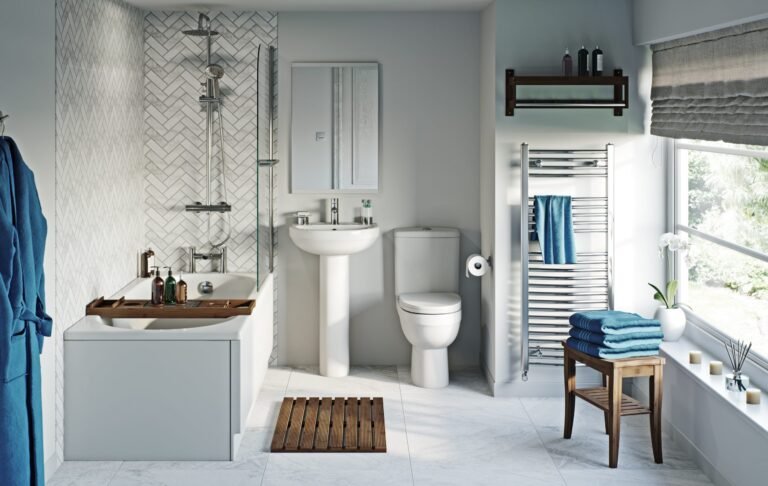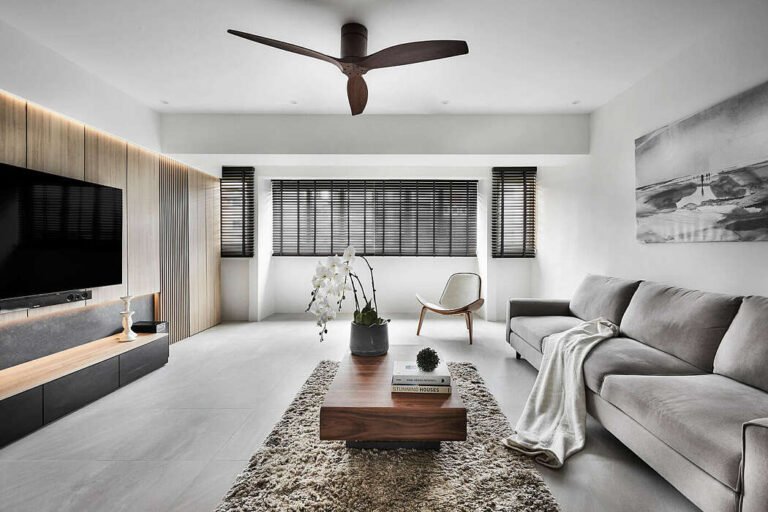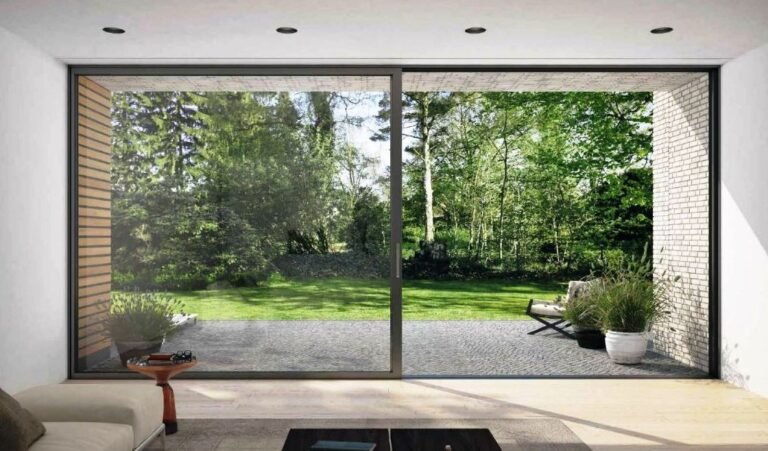The Art of Arranging Furniture in a Room
Introduction
Arranging furniture in a room is more than a practical necessity; it’s an art that can transform a space, creating harmony, functionality, and visual appeal. Whether you’re working with a small living room, a spacious bedroom, or a multi-purpose area, understanding the principles of furniture arrangement can make a significant difference in how the room looks and feels. In this guide, we’ll explore the art of arranging furniture to help you make the most of your living spaces.
1. Measure and Assess the Room
Before diving into arranging furniture, take the time to measure the dimensions of the room. Note the location of doors, windows, and architectural features. Understanding the size and layout of the room provides a foundation for making informed decisions about furniture placement.
2. Establish a Focal Point
Identify the focal point of the room—the element that draws attention and sets the tone. This could be a fireplace, a large window with a view, or an entertainment center. Arrange furniture to highlight and complement the focal point, creating a visual anchor for the space.
3. Consider Traffic Flow
Take into account the natural flow of movement within the room. Ensure that pathways are clear and unobstructed to allow easy movement from one area to another. Arrange furniture so that it enhances rather than hinders the room’s traffic flow, especially in high-traffic areas.
4. Create Functional Zones
Divide the room into functional zones based on its purpose. For example, in a living room, you might have a seating area for conversation, a reading nook, and an entertainment zone. Arrange furniture to define each zone clearly while maintaining a cohesive overall design.
5. Choose a Focal Furniture Piece
Select a key furniture piece, such as a sofa or bed, to serve as the main focal point. Arrange other pieces around it to complement and enhance its prominence. This not only creates visual interest but also establishes a sense of order in the room.
6. Embrace Symmetry and Balance
Achieve a sense of balance by distributing visual weight evenly throughout the room. Pair larger or heavier furniture pieces with lighter ones to create a harmonious look. Symmetry can be pleasing to the eye, but asymmetry can also work well for a more eclectic or casual feel.
7. Experiment with Layouts
Don’t be afraid to experiment with different furniture layouts. Move pieces around until you find a configuration that maximizes space, enhances functionality, and suits your aesthetic preferences. Consider the room’s focal point and architectural features when testing various layouts.
8. Think About Scale and Proportion
Consider the scale of your furniture in relation to the size of the room. Avoid overcrowding small spaces with oversized furniture or using tiny pieces in large rooms. Ensuring a proportional balance creates a harmonious and visually appealing arrangement.
9. Consider Conversational Arrangements
In areas like the living room, arrange furniture to facilitate easy conversation. Position seating to encourage interaction and create cozy conversation areas. Ensure that furniture is arranged to accommodate natural lines of sight and promote a sense of togetherness.
10. Use Rugs to Define Spaces
Area rugs can be powerful tools for defining specific spaces within a room. Use rugs to anchor furniture arrangements and create visual boundaries. They add warmth to the design while helping to delineate different functional zones.
11. Utilize Vertical Space
Make the most of vertical space by arranging furniture to draw the eye upward. Tall bookshelves, floor-to-ceiling curtains, or wall-mounted shelving can create visual interest and maximize storage without taking up valuable floor space.
12. Consider the Room’s Architecture
Take the room’s architectural features into account when arranging furniture. Work with elements like built-in shelves, alcoves, or architectural detailing. Arrange furniture to complement these features rather than competing with them.
13. Pay Attention to Lighting
Consider the placement of lighting fixtures when arranging furniture. Ensure that each seating area has adequate lighting, whether it’s through overhead fixtures, floor lamps, or table lamps. Thoughtful lighting enhances the functionality and atmosphere of the room.
14. Create Cozy Corners
In larger rooms, create cozy corners or reading nooks by arranging furniture in a way that encourages intimacy. Use chairs, ottomans, or small tables to define these spaces, making them inviting retreats within the larger room.
15. Personalize with Accessories
Once you’ve established the basic furniture arrangement, personalize the space with accessories. Add decorative items, throw pillows, artwork, or plants to enhance the visual appeal and reflect your personal style. Accessories contribute to the overall ambiance of the room.
Conclusion
The art of arranging furniture is a dynamic and creative process that can elevate the functionality and aesthetics of any room. By understanding the principles of balance, scale, and functionality, you can create a space that not only looks visually appealing but also feels comfortable and inviting. Experiment with different arrangements, pay attention to the room’s focal points, and don’t forget to infuse your personality into the design through thoughtful accessories. With a bit of creativity and attention to detail, you can master the art of arranging furniture to make your living spaces truly remarkable.
Source Links:







